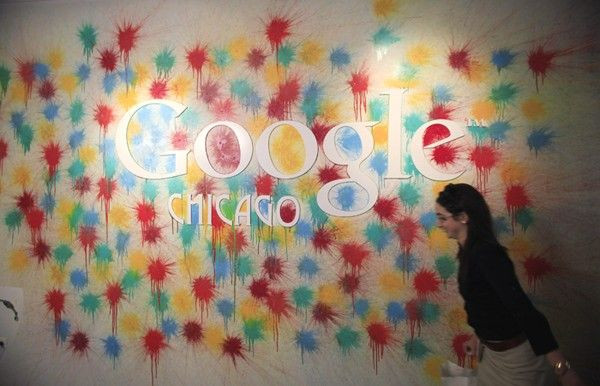Gmail Now Explains Why It Thinks Some Emails Are Spam

Many people ignore their spam folders and delete whatever is in there without even looking. Others, on the other hand, check their spam before deleting it forever. In some cases, even relevant emails get doomed to cyber hell every now and then, so checking the spam folder before clearing it out may not be such a bad idea. In this regard, Gmail has come to our assistance by explaining why it thinks some emails should be deemed spam.
New Informative Feature for Spam Messages
On Monday, March 19, Google added a new feature to its popular email service, focusing precisely on the spam issue. Now Gmail users can select any message from the spam folder and see a Why is this message in Spam notice near the top of the message. The notice will offer a brief explanation, as well as a Learn More link to further detail why the certain message was considered spam and marked accordingly.
Many of our users say the accuracy of our spam filter is one of the key reasons they love Gmail. And while we think you should never have to look in your spam folder, we know some of you may want to know why the messages there were marked as spam, wrote software engineer Ela Czajka on the Gmail blog. Simply look at any message in your spam folder and now you can find out why it was put there and learn more about any potential harmful content within the message.
Possible Explanations
The explanations offered are quite simple and straightforward. Gmail may mark a message as spam if it contains content typically used in spam messages, if you previously marked messages from that source as spam, if it is similar to messages that were detected by Google's spam filters, if many people marked previous messages as spam, if many people marked similar messages as phishing scams, and other possible causes. If you are unsatisfied with the brief explanation shown above the message marked as spam, you can always hit the Learn More button and do just that.
Whether you prefer to leave your spam folder untouched or do some educational digging, the information will be there for you. And if you're interested in learning more, check out our new series of spam articles in the Gmail help center, added Czajka.
(reported by Alexandra Burlacu, edited by Surojit Chatterjee)
© Copyright IBTimes 2024. All rights reserved.





















